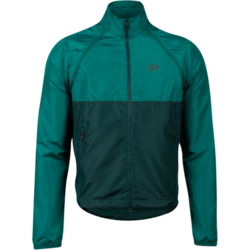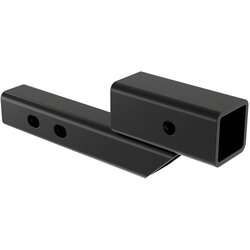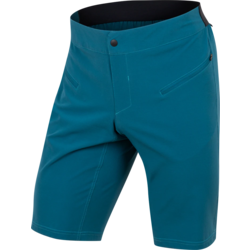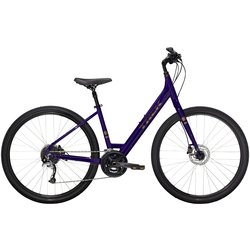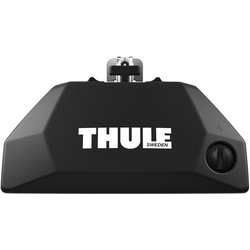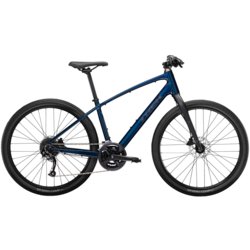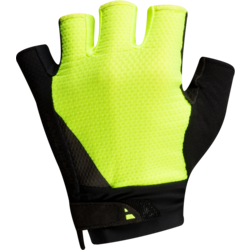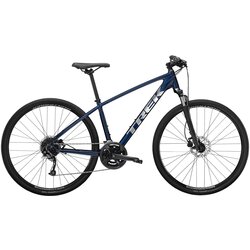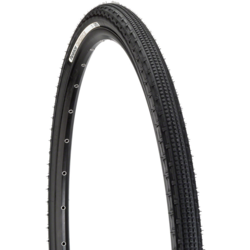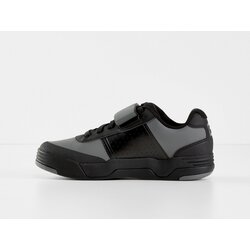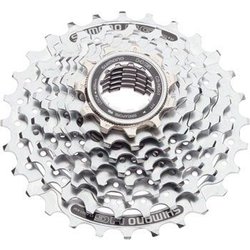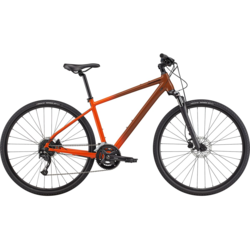Cross-Country Skiing Equipment Guide
How to Choose Cross-Country Skiing Gear
Ready to give Nordic skiing a try? Having the right size skis, poles and boots makes a day in the tracks more enjoyable and reduces the risk of injury. Whether you’re trying skate skiing or classic skiing, you’ll want the right size of equipment to put your body in a safe and efficiency position.
Getting the Right Size Cross-Country Skis
The length of your skis is determined by body weight and skill level. For most athletes, longer skis are faster than short skis, but there is some degree of personal preference as well. Having the wrong ski length can impact your experience in two ways:
- Skis that are too short may not glide as efficiently
- Ski that are too long may not offer reliable grip
Other factors that impact cross country ski sizing include ski material, flex and specific design elements, such as binding location or the edge on a skate ski. Brick Wheels can help you choose the right ski for your weight, ability and how you want to ski!
Nordic Ski Widths
Ski width, like length, dictates how well your weight is distributed over the snow. A wider contact patch increases traction and stability but may increase the amount of drag, especially if you don’t have the perfect wax.
Common Ski Widths
Classic and Touring Skis: Racing and touring classic skis are rarely wider than 68mm. That’s because the standard width of set classic tracks is about 68mm. If you’re planning on skiing grooming classic trails at the Vasa Pathway or Hickory Hills, you won’t want skis any wider.
Backwoods skis: Metal-edged backwoods skis are designed for ungroomed conditions. They’re substantially wider, often between 60-100mm. These skis usually have a metal edge side cut to increase their control while turning. If you like the idea of having a ski capable of hitting the tracks and bushwhacking, option for a 68mm ski with a metal edge.
Skate skis: Skate skies are designed to go fast. A narrow ski is a fast ski, which is why skate skis are rarely more than 45mm wide. Most skate skis are around 41mm and easily fit in groomed classic tracks to make descending faster.
Waxless vs Waxable Classic Skis
Depending on how and where you ski, you might choose between wax and waxless skis. Each option has some benefits and drawbacks.
Waxless classic skis – Whether scale or skin classic skies, waxless skis are a popular choice because they’re simply less work. Instead of relying on wax for grip, waxless skis use either a “fish scale” material pattern or a fuzzy, grippy second of “climbing skin” to provide traction. This option eliminates the need to apply wax throughout the season, but isn’t as fast as getting your wax just right for the conditions on the day.
Waxable classic skis- They’re certainly faster, but waxing your skis to suit the snow and air temperatures each day is time and labor-intensive. Still, there’s little doubt that avid skiers love the process of waxing and finding the right wax.
Cross-Country Ski Boot Sizing
Getting the perfect cross-country boots can make or break your day. Make sure you try on Nordic boots wearing the same type of socks that you’ll use skiing.
Just as there are different types of skis, there are different types of boots with subtle differences to hold up to the environment and various skiing techniques.
Cross-country touring boots: Touring boots tend to have more insulation and fit more comfortably than racing boots. They’ll often use laces to help you fine-tune your fit over the top of your foot, which is a handy way to reduce issues with pressure points. Always look for some amount of flexibility in the sole.
Racing and performance classic skiing boots: Racing classic ski boots are lighter and usually lower than touring boots. They may use Velcro, buckles or straps to keep the upper lightweight.
Backwoods skiing boots: Usually the stiffest option, backwoods boots have a higher cut and plenty of insulation for skiing in deep powder.
Skate skiing boots: The tell-tale sign of skate skiing boots is the additional ankle support to protect both the ankle and knee from the torsional forces of skating. They also have very stiff soles to help deliver power from the leg, through the ski, and into the snow.
When you try on cross country skiing boots, take your time. Walk around. Jump. Recreate the skiing motion as much as you can. Especially if it’s your first pair, we want you to get the perfect fit!
How to Choose Cross-Country Ski Poles
Getting the right poles completes your ski set-up! There are a few options of poles, including choosing the right ski pole material.
- Aluminum ski poles are heavier but are usually more durable and less expensive. It’s almost unheard of to snap an aluminum pole (unless you run it over in the driveway by accident).
- Composite or carbon poles are lighter, making them ideal for racing. They’re typically a bit more expensive and can break under extreme pressure.
Cross-Country Ski Pole Sizing
Most skiers have a set of poles for classic and a set of poles for skate.
Classic ski poles are usually sized based on your height. From the ground, they should be about as tall as your armpits. Some performance or racing classic skiers prefer their poles to be just a centimeter or two longer.
Skate skiing poles are even longer, usually to your chin or nose.
Ready to Hit the Tracks?
Brick Wheels is home to Traverse City’s best selection of Nordic skiing equipment. With a full inventory of Fischer and Salomon skis, boots, binding and poles, we’ll get you into the woods with the right selection of equipment to have a blast! Shop skis today or stop in.
Getting Started with Cross Country Skiing
Dress Warm
Wear one layer more than you think you'll need and remove as needed. You can always take a layer off, but you can't put a layer on if you don't have it!
Rent First
Not sure if you'll like classic or skate skiing? Rent both before you buy. We'll put your rental fee toward whatever skis you choose.
Ask Questions
We're here to help! There is always more to learn in the sport of cross-country skiing. Count on Brick for insight, tips and plenty of encouragement!

